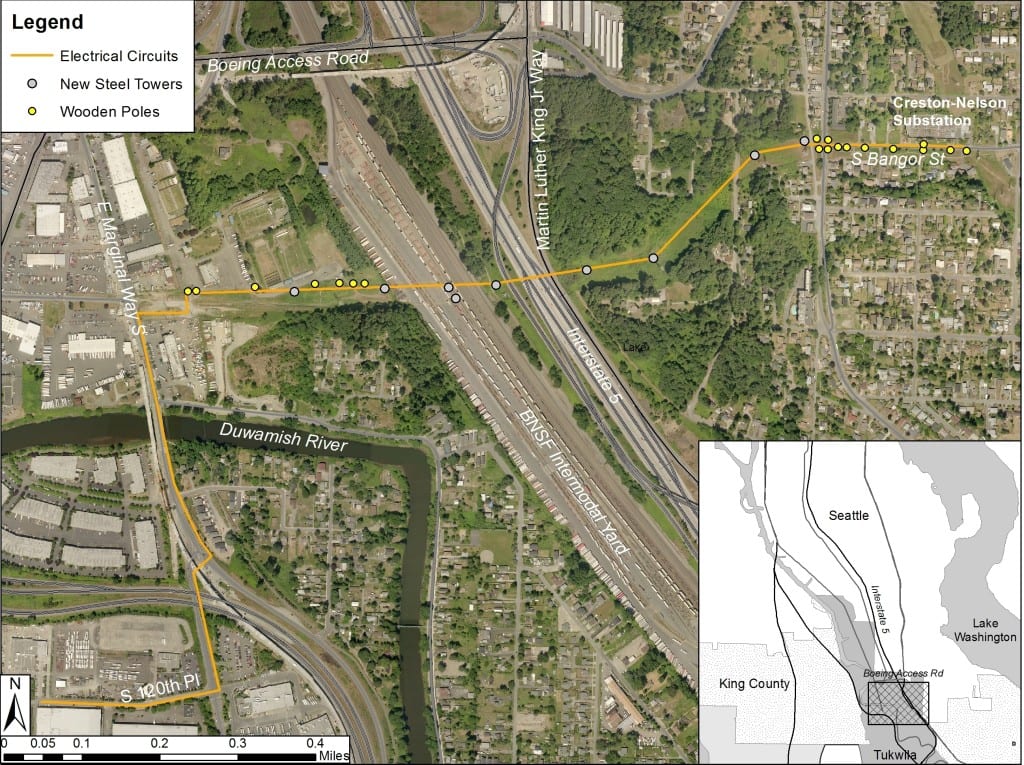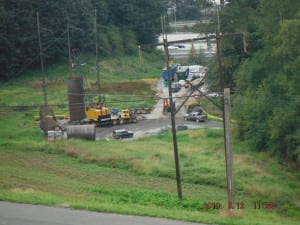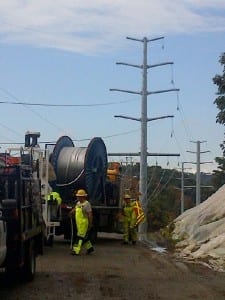 City Light crews and contractors are putting the final touches on a project that climbed hills and crossed swamps, railroads, an interstate freeway and a state highway, all to improve City Light’s distribution, transmission and communications systems in the south end of Seattle.
City Light crews and contractors are putting the final touches on a project that climbed hills and crossed swamps, railroads, an interstate freeway and a state highway, all to improve City Light’s distribution, transmission and communications systems in the south end of Seattle.
City Light crews and contractors are putting the final touches on a project that climbed hills and crossed swamps, railroads, an interstate freeway and a state highway, all to improve City Light’s distribution, transmission and communications systems in the south end of Seattle.
The H-Frame replacement project, as the job has been called, was designed to replace several aging wood structures south of Boeing Field that carried lines between the Rainier View neighborhood and the industrial corridor along the Duwamish River. The wood frames are shaped like a letter “H”, hence the name.
Planning for the project started in 2011. It involved removing four wires and installing 11 more along a 1.5 mile stretch, over several wetlands, a major railroad and rail intermodal yard, a police firing range, across Interstate 5 and Martin Luther King Jr. Way, and climbing a steep wooded hill to connect with the Creston-Nelson substation.
Crews replaced 24 wooden H frames with nine, 150-foot-tall metal poles that had to be custom ordered for the job. The poles were transported in sections and assembled on site. Two of the poles were installed right in the middle of the Burlington Northern Santa Fé South Seattle train yard.
The job required two overnight closures of I-5, MLK Way and entrance and exit ramps. It also required permits, variances and clearances and agreements with Union Pacific and BNSF Railroads, Sound Transit, the Army Corps of Engineers, the cities of Tukwila and Seattle, the Seattle Police Athletic Association and the Washington State Department of Transportation.
As with all projects, crews and engineers ran into unexpected surprises, such as faulty equipment or poles, weather delays, and one freeway closure than lasted longer than planned. One of the surprises (which wasn’t even related to the project) was that a 150-foot-tall transmission lattice tower west of I-5 had gradually shifted over the years. It required special hydraulic jacks and supporting beams to bring it back up straight, which was done over one weekend.
Despite all the challenges, crews and engineers managed to complete pole and wire installation over 13 weeks, taking advantage of our short summer window. The only work left to finish includes replanting areas that were excavated, landscaping, restoring wetlands and removing access roads and construction pads. That work will have to wait for this coming summer and fall, when new vegetation can be planted and the ground is dry enough for heavy equipment.


